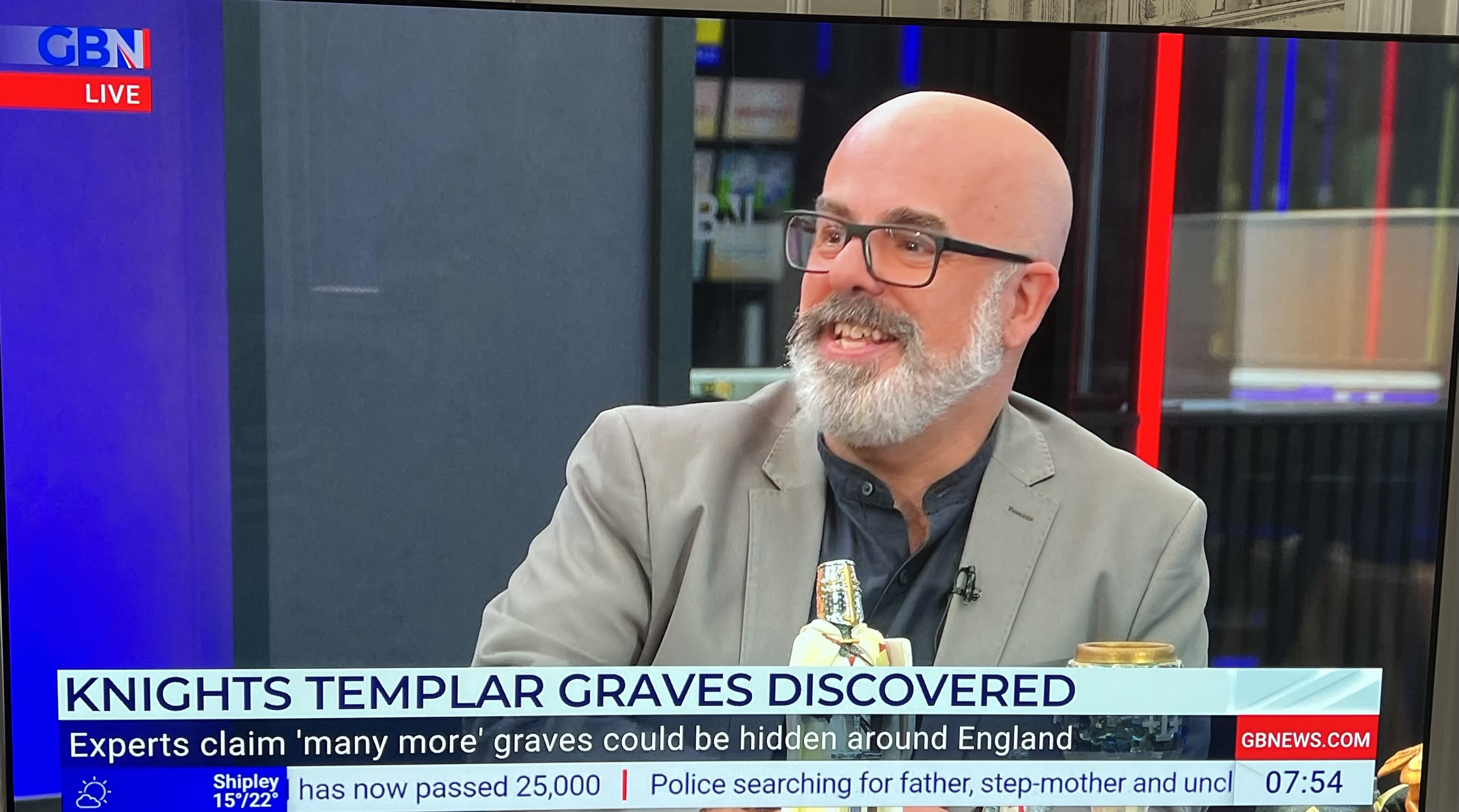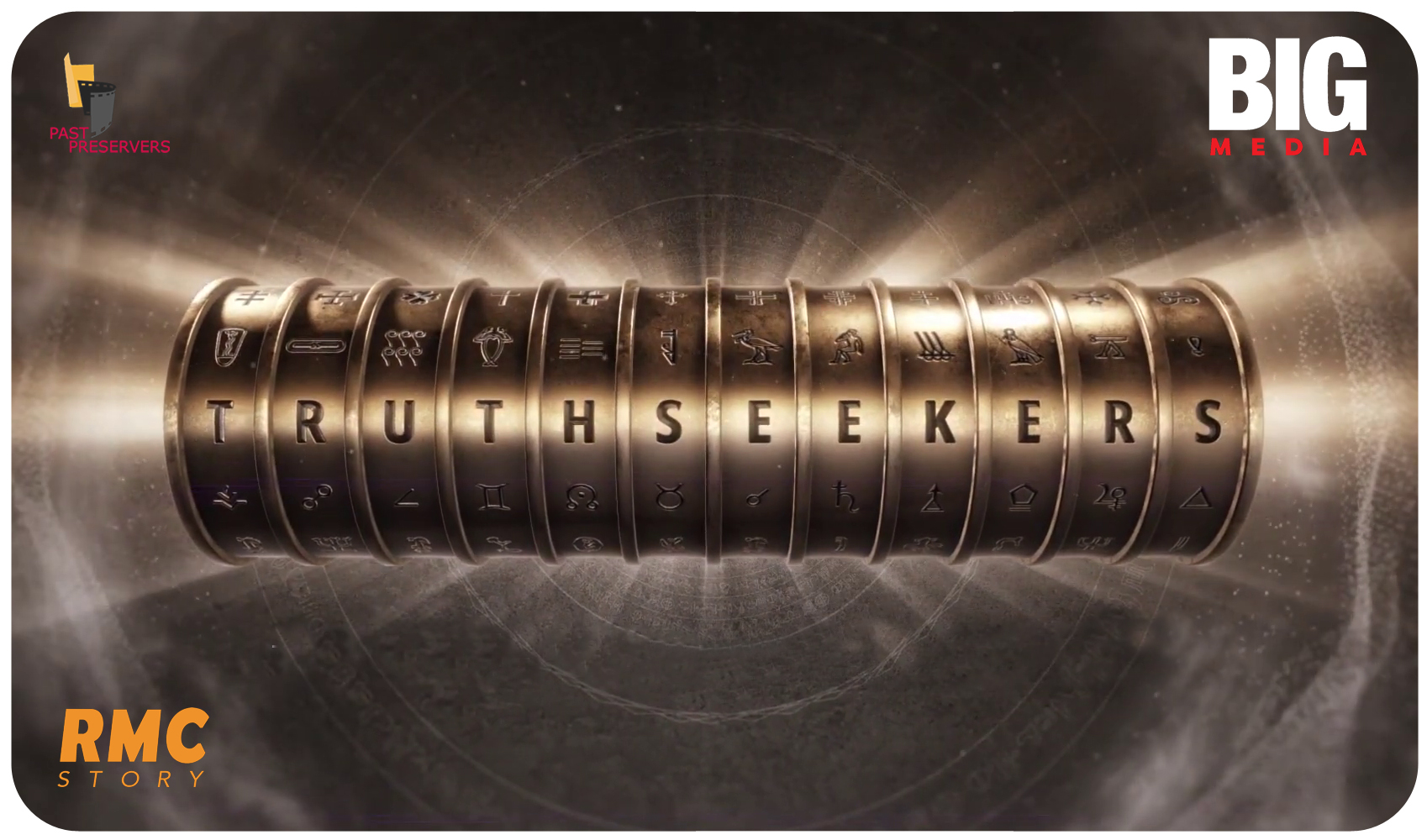What happened to the treasure of the Templars?
Gisors – clues to lost Templar treasure?
When French soldiers went to arrest the knights at the massive Temple in Paris in 1307 – they found no treasure. Legend has it that some Templars fled to England with untold riches. At a Templar preceptory in Gisors, northern France – there is some enigmatic graffiti left by Templars held prisoner in their own castle. It seems to show large carts being moved piled high with something.
In the nineteenth century, Victor Hugo – author of the Hunchback of Notre Dame – was intrigued by Gisors and the images left by these imprisoned Templars. In the 1920s, an enthusiastic caretaker set about excavating Gisors to see if the treasure had been left there.
He kept digging for decades, even through the Nazi occupation of France, and eventually claimed to have found a vault with nineteen stone caskets and thirty chests – full of treasure. When local authorities went to check – they found nothing. No underground room and no treasure. The caretaker was sacked.
The Shepherd’s Monument
Subsequent digs at Gisor have yielded zilch. So attention turns to England and specifically the Templar church in London. But no sign of gold and jewels there. So it’s off to an eighteenth century stately home at Shugborough in the English countryside.
Templar enthusiasts will know that in the grounds there is an intriguing folly called the Shepherd’s Monument. Inscribed on it are ten letters that don’t appear to make any sense. Some invoke a quote from Nostradamus to infer it’s a clue to the existence of an underground chamber that if discovered will result in the trial of the world’s leaders – attractive thought, eh?

Et in Arcadia Ego
The monument is a copy of a structure that appears in Poussin’s famous painting ‘Et in Arcadia Ego’ and National Geographic goes into a theory linking Poussin to a future pope and a possible coded interpretation of the title of his painting that suggests knowledge of divine secrets. All of which propels the programme out of England and off to the church of San Lorenzo in Lucina in Rome. There we find a bust of Poussin and an ancient throne occasionally used by the pope.
I’m a little disappointed that a reference to king Louis XV is accompanied at this point by an image of Louis XIV – c’mon National Geographic! Anyway, we’re now asked to believe that the carving on the Shepherd’s Monument is actually a reference to Nova Scotia. L’Acadie in French being the old name for that Canadian province.
Joel Doucet – a descendant of early French settlers in eastern Canada has been investigating Templar links to Nova Scotia. There seem to be clues of sorts. Not least that a local native American tribe in the region uses symbols not dissimilar to the Templar cross. Could the Templars have brought their treasure all the way to this part of the world?
Templar treasure on Oak Island
A very deep pit at Oak Island has captivated treasure hunters for a century and many digs have been conducted to find Templar treasure. Incredibly, a young Franklin Roosevelt – the future US president – dug at the site. And National Geographic has a picture of FDR with his spade and a gang of like minded treasure seekers. But is this pit and others really the work of the Templars? Well, some Templar experts are prepared to say yes.
Back in France, a massive coin horde has been found by Bernard Delacourt. It’s not a mystical treasure from Jerusalem – but it could be wealth squirreled away by the Templars as the order was crushed.













The Cross-legged Templar
The Monumental Effigies in Temple Church London are considered an enigma; some believing that the Knights with crossed legs were Crusader Knights. The true purpose of the nine stone effigies and the coffin however is far more interesting and was well understood by Grand Masters of the Order and those who placed the Effigies.
When the original Knights returned from excavating under Temple Mount in Jerusalem they brought back much treasure that was concealed at various locations known only to those Knights and successive Grand Masters. The secret of the treasure sites was recorded on the Chess Board which symbol became the Templar Banner. One of the sites is the ‘key’ to the rest. Of the other eight sites six are identified as being on black squares, depicted by the Knight Effigies with ‘crossed legs’, such as that of William Marshall 2nd Earl of Pembroke and the three effigies with footrests. Interestingly the effigy of a ‘member of the de Ros family’ is without armour and feminine in character (a French Female Knight, Chevaleresse). If so this would be consistent with the square it would occupy on the Chess Board and the location of the treasure.
In the Church of St Mary at Aldworth (near Newbury) there are almost identical stone effigies known as the ‘Aldworth Giants that tell the same story
Geoffrey Morgan
I love this. Thanks!
Modernwitchcraft.org
smithsonianmag.com has some great articles as well
thank you for post, Happy Sunday!